All swans are white, right? Majestic snow-white angels of the lake. Wrong! It was during a 1980s summer holiday to a small English seaside town that I discovered the mute swan’s alter ego; the Black Swan.
The English town of Dawlish sits on the south coast of the county of Devon. It has been symbolised by the Black swan since 1906, when they were introduced from Australia by a New Zealander named John Nash. The species has made Dawlish Water their home since then, except for a brief hiatus between the wars. A Black swan drifting across the lake was such a thrilling sight for a wide-eyed bird-loving boy, on his summer holiday.
Most of us have encountered the Tundra swans of North America, or the majestic Mute swan that I grew up with, on the waterways of England. When spotted in the Northern Hemisphere, the Black swan is something wonderfully exotic.
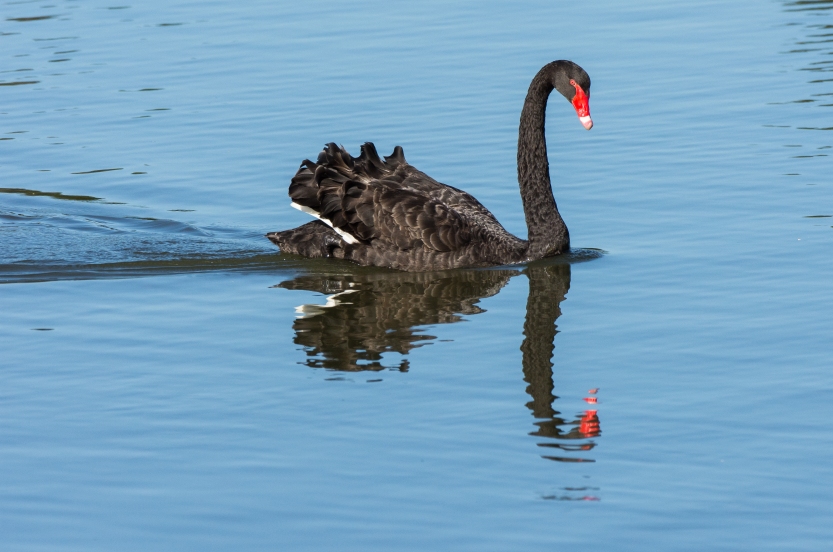
It would be another 25 years before I would get to see the Black swan in its native habitat; the lakes of Australia. I had migrated to Sydney, Australia for work and was living close to an urban park. A park that is without doubt one of the world’s great urban birding spots; Centennial Parklands.
The park has a large lake which is home to flocks of waterfowl. The lake became a favourite walking spot during my stay, and scattered around the lake at any one time are a dozen or so Black swans.
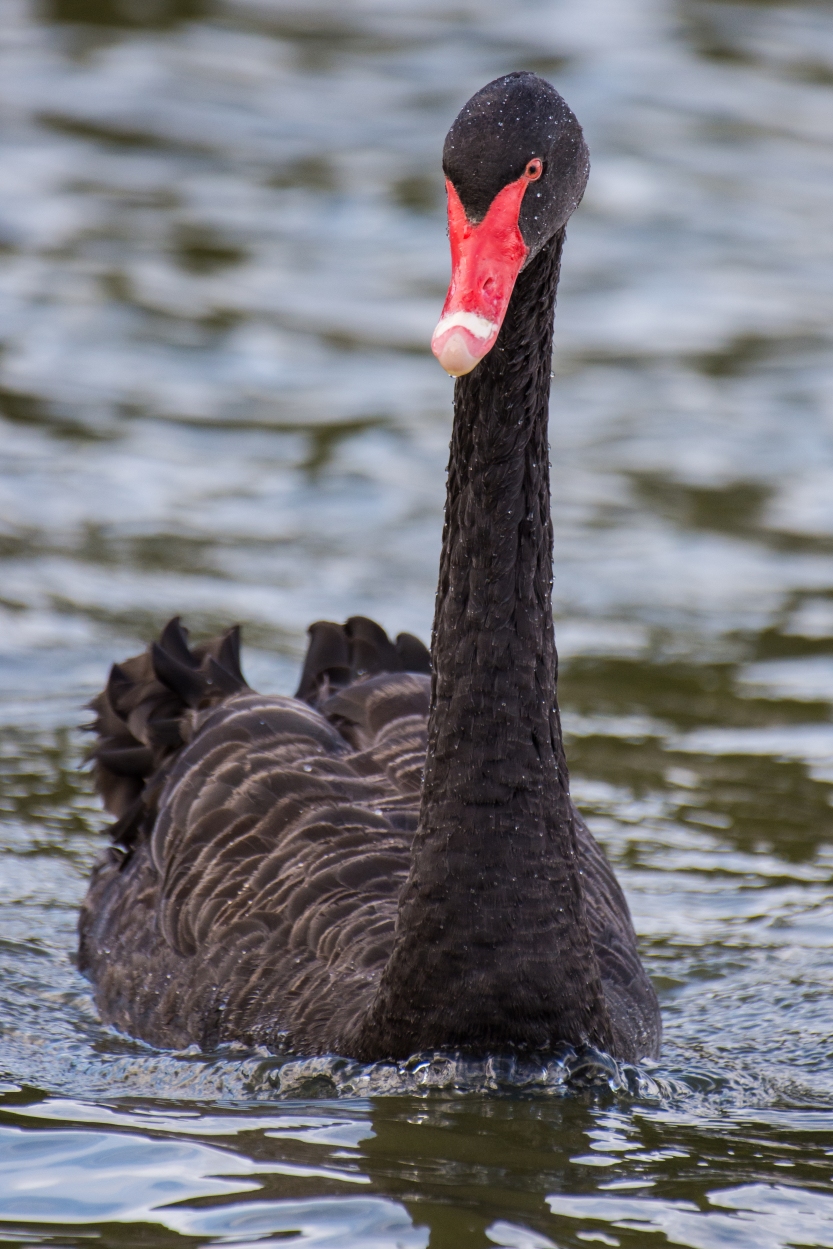

The black swan is a mighty, yet elegant bird. Growing to about 140 cm (55 inches) and weighing in at up to 9 Kg (19.8 lbs) with a wingspan of nearly 2 meters (6 feet), the swan cuts an impressive figure. When it unfurls its neck from the trademark ‘S’ shape, it has the longest neck (relatively) of all the world’s swans. A flap of the formidable wings reveals a secret nod to its northern cousins, a set of white flight feathers to match the white band on the scarlet beak. A scarlet beak that bleeds into a captivating eye.
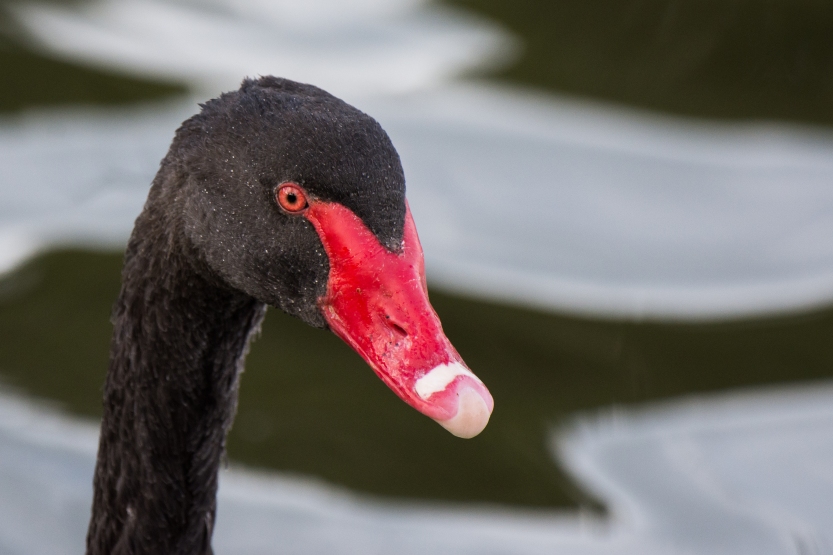
During my time living in Australia I didn’t photograph the Black swan. I’m not sure why, but perhaps it just didnt feel like a wild bird. There were so many of them and they were not shy in begging people for food. Maybe I had the feeling of them being an ornamental addition to a park lake. During a return visit to Australia I decided to go back to Centennial Parklands and take a few photos. The black swans were happy to oblige.
When drifting serenely across a pond the swan appears entirely black, except for a little buff frosting on the feather tips. I watched a proud looking bird that was bathing itself in the center of the lake. With a great commotion it would plunge under the water and use its powerful wings to create a shower for itself. The noisy flapping provided me with a great opportunity to capture the snow white flight feathers that usually remain hidden when not in flight.



Black swans feed on aquatic plants that grow a necks length beneath the surface of the lake. In urban ponds they are smart enough to grab whatever the local kids are throwing to the ducks and coots. They also have a taste for grass, and it is common to find the swans on the pasture around the lake, plucking at the fresh green shoots. They don’t even need to stand up for this lazy feast.
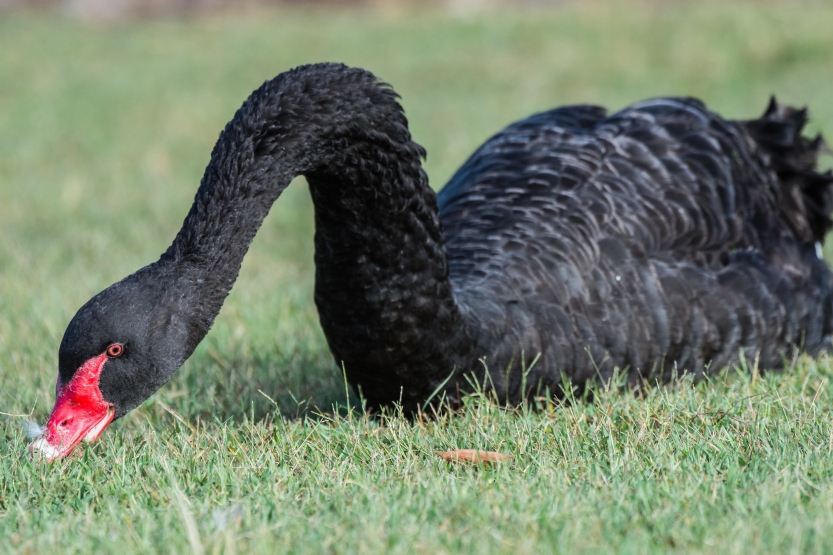
Black swans can live for up to 40 years although 10 to 15 years is more common. A pair of swans will usually bond for life, but studies have shown a ‘divorce rate’ of about 1 pair in 20. This is significantly lower than Australia’s human divorce rate! The Black swan’s life pairing suggests the kind of monogamy that we imagine of these romanticised angels of the lake. But DNA studies show that 15% of cygnets are not related to the father in the family. It seems that the female likes to keep a little diversity in the gene pool.
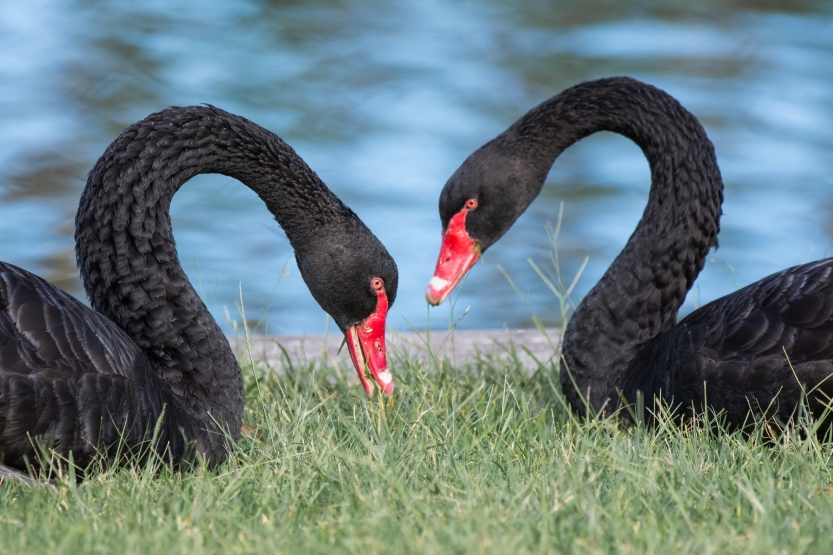
I still can’t quite process a Black swan as a wild bird in its native habitat. It feels like some kind of strange crossbreed that zoos and ornamental lakes keep to wow visitors. This majestic bird remains visually striking to me, and fills me with the same sense of awe as the first birds that I saw all those years ago on Dawlish Water.
Join the conversation below. Have you seen Black swans in Australia? Maybe you have seen them on lakes in Europe or America? 👇👇
Like the article? Share give it a Tweet or post it on Facebook or other social media site. It makes the hard work worth it. If you enjoyed this post, take a look at the rest of my work and follow Incidental Naturalist.
Categories: Australia
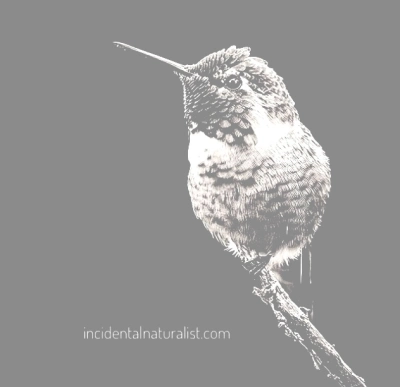


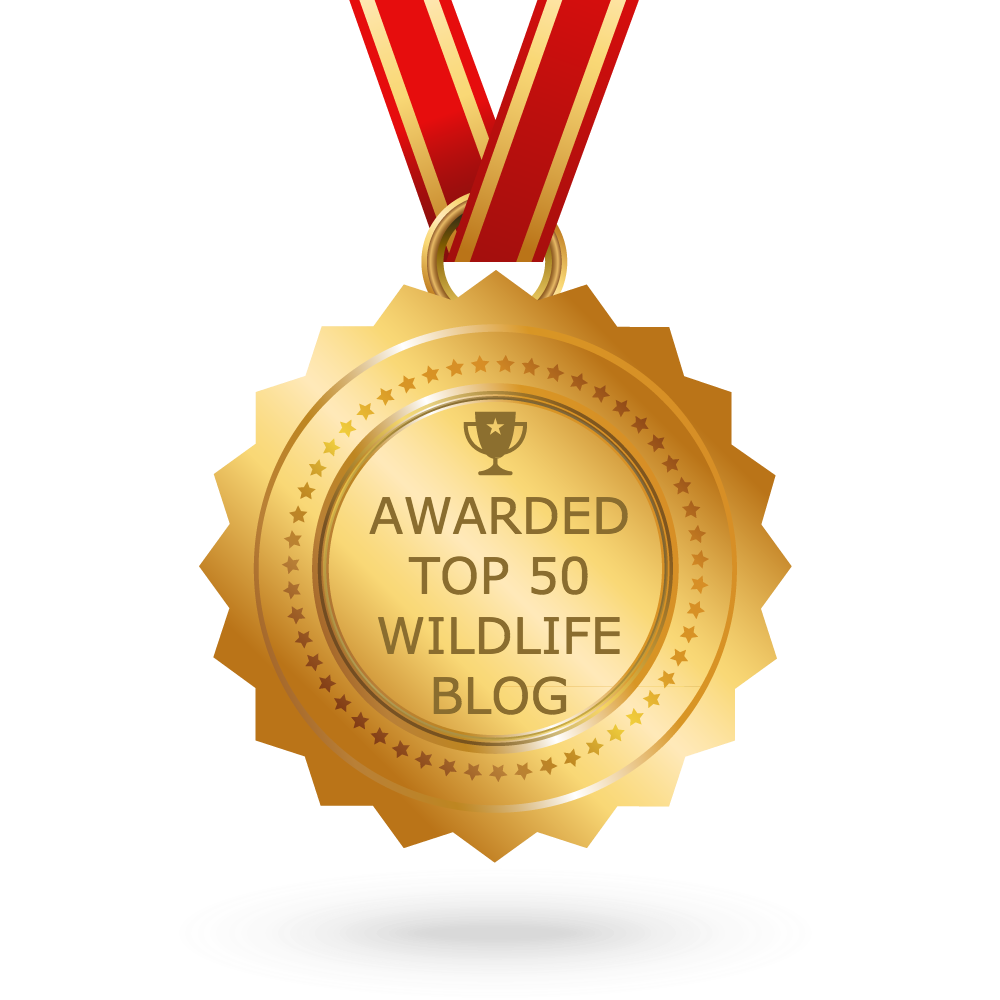

The swan has inspired a lot of imagery – these are beautiful. The only Black Swan I know of is a pub in Stratford Upon Avon (also known as the Dirty Duck, a nickname said to originate from American GIs during WW2).
LikeLiked by 2 people
Haha! I’ve certainly had a few pints of ale in a few pubs called the swan or the white swan, but I haven’t found a pub called the black swan… yet.
LikeLiked by 1 person
There’s another Black Swan (Irish) pub in Cork, where I played one evening while in England. I also feel very fortunate to have caught a performance there by Bert Jansch, a member of the original Pentangle acoustic group, not long before he passed away. I’ve been a fan of his (and fellow Pentangle founder John Renbourn’s) music since the 60s. And, yes, I’ve seen the birds in Australia, and they are unforgettable.
LikeLiked by 3 people
Gorgeous photos! Being an Aussie I of course proudly know that black swans are native to Oz! I grew up with them so for me they’re native birds just like kookaburras, cockatoos, warbling magpies, lyre birds, galahs, and lorikeets. I imagine as a child I saw pics of white swans (perhaps in children’ books written by English writers for English children – we got a lot of that) but it feels as if I’ve always known about Australia’s black swans.
Alison
LikeLiked by 3 people
Thank you, Alison! For a long time I avoided blogging about “common” birds. But then I realized that we all grew up with different wildlife depending on which country we were in. For me, the white swans were so common and even a bit annoying, as they have an attitude problem. But for you the Black swan is the common member of the family. Now I share all birds! 😊
LikeLiked by 2 people
As if you had enough comments and compliments on the photos, I would like to shower you with them. I love the photos and I have always been fond with BLACK swans. I think they are gorgeous and graceful creatures. If you think white swans are beautiful just wait till you see a black swan. I have one white swan that comes at our lagoon every year.
LikeLiked by 2 people
Thank you 🙏 I’m happy to take the shower of compliments! You’re correct, they are so graceful. Hard to take our eyes of them as they drift across a lake.
LikeLike
Great pictures. I have seen an occasional black swan near me in Christchurch Harbour but I am not sure how they get on with the 200 or so white ones. It’s fantastic to see either of them take off or land near you when you are in a kayak. I think it’s fine to photograph “common” wildlife. This lockdown has given me a lot of time to observe and photograph a “common” blackbird at close quarters in my garden nest building.
LikeLiked by 2 people
Thank you, Steve! Garden wildlife photography must be fantastic at this time of year. Lockdown gives a whole new appreciation for our garden critters. I live in an apartment but I’ve still been able to appreciate a few different bird species passing by. Stay safe!
LikeLike
Thank you, David! Great photos, education, and uplift, as always “) Cheers!
LikeLiked by 1 person
Thanks Lara! 🙏 Hope you’re staying well.
LikeLiked by 1 person
=) Staying well and staying the course. Hope you are also staying level out there, David!
LikeLiked by 1 person
Reblogged this on Wolf's Birding and Bonsai Blog.
LikeLiked by 2 people
They are so lovely, and need not be called “exotic.” It is, however, good to know that these swans are not the same “tough neighbors” as the American swans, who need only clear any pond of geese immediately, but also can get a little pushy if they are on shore and you’ve run out of Cheerios…
LikeLiked by 1 person
(“not only clear any pond of geese”)
LikeLike
Ha! The swans here can certainly be grumpy in a cheerio shortage! 😃 But all swans are beauties with a bit of attitude 🦢
LikeLike
That describes a lot of my friends: Beauties with a bit of an Attitude, LOL! Thank you for the gorgeous photos. If I ever see one in Chicago, I will let you know…lol.
LikeLiked by 1 person
Haha! Thanks for the kind feedback. I’m not sure these Australian birds are ready for the full force of a Chicago winter 🥶
LikeLike